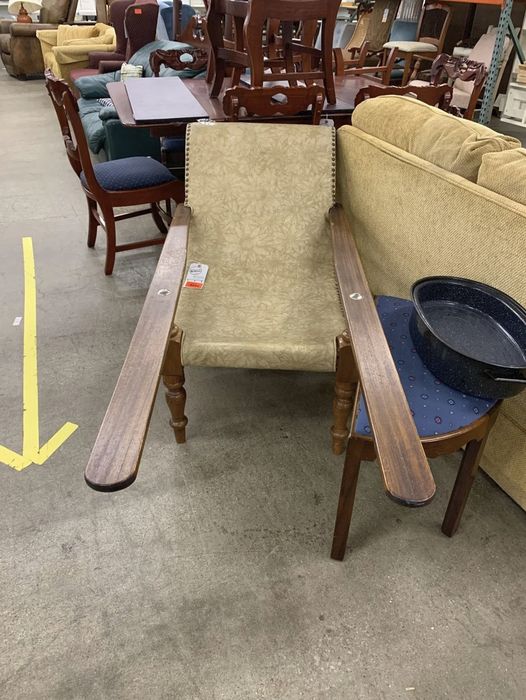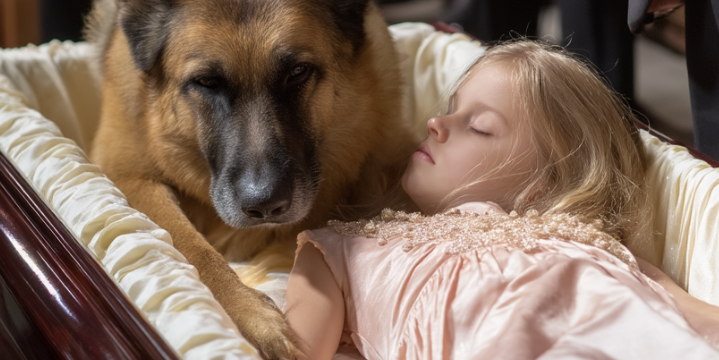Among the many treasures tucked into antique galleries, one chair consistently stands out not for its ornate carvings or flashy upholstery, but for its unusually long arms and unassuming grace. This piece, known as the plantation chair, is far more than a quirky antique—it’s a clever creation born from necessity, crafted during the colonial era to serve the unique needs of plantation owners.

Unlike most traditional chairs, the plantation chair was built with both comfort and health in mind, tailored for individuals who often spent long hours riding across their properties. After those lengthy journeys on horseback, planters would return home with legs that were tired, sore, and swollen. The answer to this daily discomfort came in the form of a chair that offered more than just a place to sit. Those extended arms weren’t just for show; they provided an ideal platform to elevate weary legs, promoting circulation and easing inflammation in a way that resembles modern ergonomic thinking. The brilliance of the plantation chair lies not only in its practical arm design but also in its reclining structure. The seat is slanted and the backrest gently slopes, guiding the user into a naturally reclined position rather than forcing an upright posture.
This relaxed angle, combined with the elongated arms, encourages the sitter to drape their legs over the sides, creating a posture that fosters rest and rejuvenation. In hot, tropical climates—common to the areas where these chairs were most often used—this elevated, open position also allowed for better airflow and breathability, making the experience even more comfortable. The result is a piece of furniture that doesn’t just serve a purpose; it thoughtfully anticipates the human body’s needs in both form and function. What makes the plantation chair particularly remarkable is how it bridges utility and aesthetic appeal. With features like caning and a molded headrest, it wasn’t just practical—it was also designed with a sensitivity to visual harmony and craftsmanship. It’s a shining example of how necessity can give rise to innovation, and how artisans of the past were quietly applying principles of human-centered design long before those ideas had formal names.
Every angle and curve of this chair is a testament to the hands that shaped it, combining artistic beauty with genuine therapeutic benefit. In today’s world, where furniture trends often emphasize smart technology and built-in gadgets, the plantation chair offers a refreshing contrast. It reminds us that “smart” design isn’t always about tech integration—it can also mean understanding human anatomy and building something that improves everyday living in subtle, meaningful ways. That philosophy is what elevates this chair from a relic to a timeless piece of design history. Collectors today treasure plantation chairs not just for their striking look, but for the rich stories they carry.
These chairs symbolize a time when furniture was created with the intent to serve the body, to soothe the tired, and to enhance daily life through thoughtful craftsmanship. When placed in a modern home, surrounded by contemporary décor, the plantation chair holds its own—quietly sophisticated, gently whispering the values of a different time. It encourages us to pause and reconsider what we value in the objects we use every day. Perhaps the most enduring lesson the plantation chair offers is that design excellence is rooted not only in appearance but in purpose. A chair that improves the health and comfort of its user is more than just a seat—it’s a companion, a tool, and in many ways, a quiet revolution in design thinking. As we continue to innovate in our homes and personal spaces, the plantation chair reminds us that the smartest designs are often the ones that simply understand what it means to be human.





